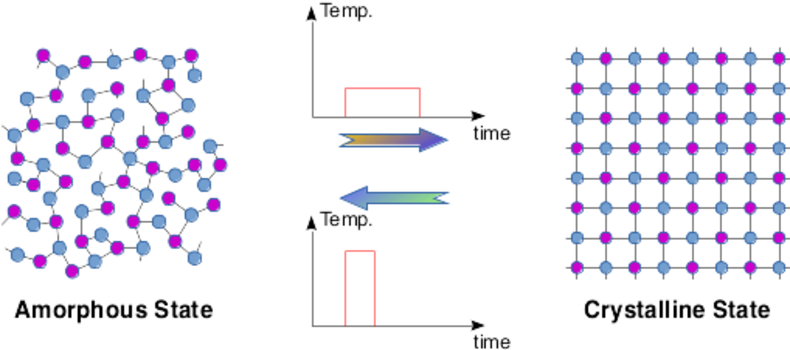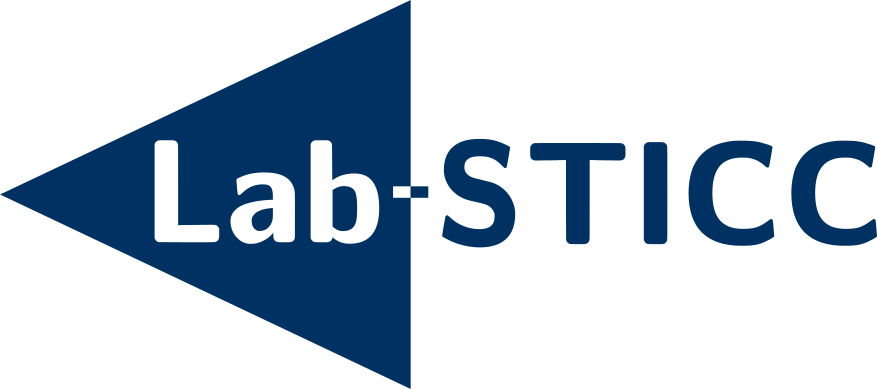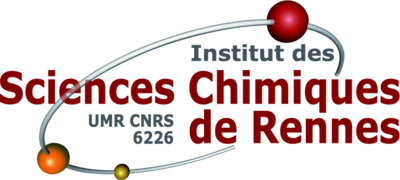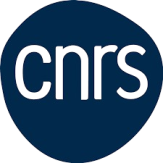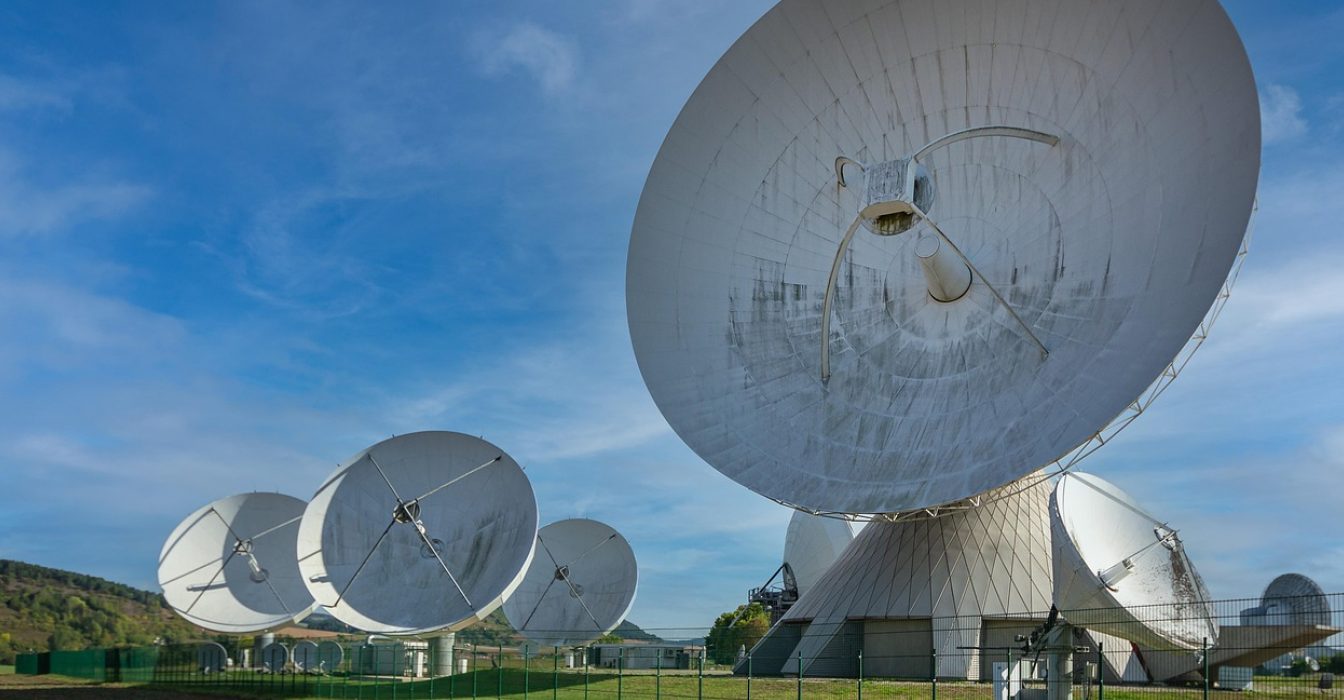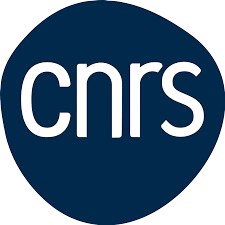Multi-reconfiguration of microwave Antennas and Circuits with Independent Electrical and Optical controls (MACIEO)
It is a multi-disciplinary research project with the objective of proposing new solutions for reconfiguring circuits and antennas for telecommunications systems
This research project is funded by the National Research Agency (ANR) following the generic call for projects 2023 and is supported by the Images & Networks.
A double reconfiguration!
Why ?
By combining 2 innovative solutions for reconfiguring microwave circuits and antennas to multiply their capacities and performance while minimizing the associated design complexity, we have opened up a new paradigm in terms of microwave circuit and antenna reconfiguration.
What innovative solutions ?
Semiconductor junctions integrated into the substrate
Electrical control of semiconductor junctions directly integrated into a substrate by localized doping eliminates certain manufacturing constraints associated with traditional solutions (component transfer, interconnection, metallized vias, etc.) and offers great flexibility in terms of junction size or shape, enabling simultaneous control of several junctions from a single electrical control signal. In addition, co-design of active and passive elements is possible when designing reconfigurable circuits and antennas.
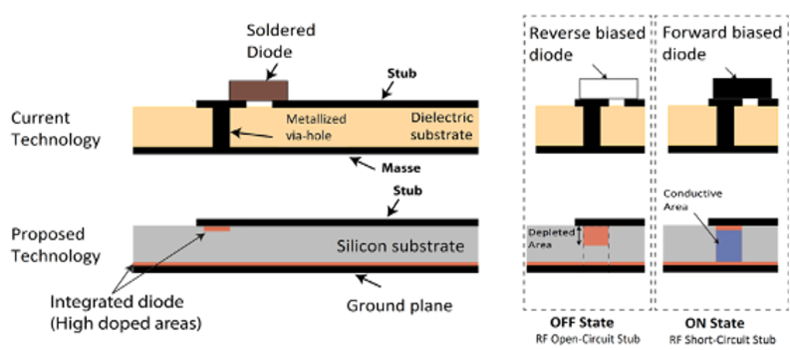
Optically controlled phase change materials (PCM)
The second solution is based on optical control of the phase state (amorphous/crystalline) of phase change materials (PCM). Under the MACIEO project, these will be thin films of chalcogenides, which offer a significant variation in electrical conductivity (5 to 7 orders of magnitude) between their two states. What's more, these materials do not require a permanent power supply, since only the phase change requires a laser pulse lasting a few tens of nanoseconds.
